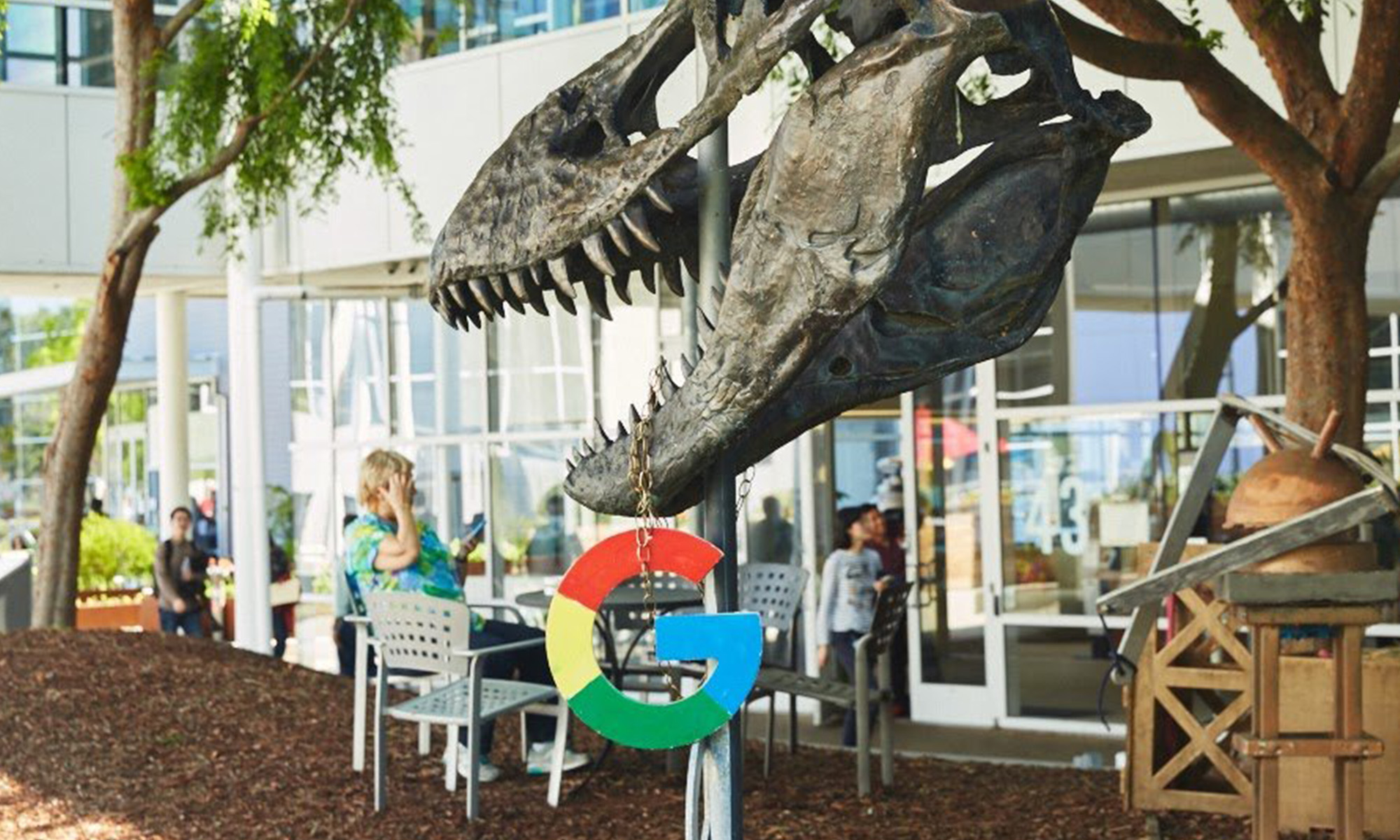Snap's (SNAP 2.08%) stock more than doubled in 2019, but it remains below its IPO price of $17, mainly due to concerns about its valuation and competition from Facebook's (FB +1.15%) Instagram.
Those concerns are valid, but the bears often overlook Snap's strengths. Let's take a closer look at six things Snap actually does better than Facebook -- and why those things could propel the social media company's stock to fresh highs in the future.
1. Still popular with Gen Z
Snapchat and Instagram remain the top social networks for U.S. teens. In Piper Jaffray's latest "Taking Stock with Teens" survey, Snapchat had an engagement rate of 81%, compared to 85% for Instagram and just 31% for Facebook.

Image source: Getty Images.
Instagram's popularity with teens can be partly attributed to the notion that it's an "alternative" to Facebook. Only 29% of Americans knew that Facebook also owns Instagram and WhatsApp, according to a Pew Research Center survey in mid-2019.
However, Facebook's tightening grip on Instagram -- which includes management changes, its integration with Facebook's features, and a jarring "from Facebook" rebranding -- could cause Gen Z users to flock to Snapchat instead.
2. Fewer privacy concerns
Facebook faced probes, lawsuits, and a congressional hearing over the past three years over a series of high-profile data breaches. The tech giant was also implicated in the spread of fake news stories and its lax oversight of political ads.
Snapchat suffered a few minor data breaches and an FTC settlement regarding leaked photos and videos, but none of its missteps matched the scale of Facebook's blunders. Snap also wasn't summoned to a congressional hearing, and the calls to break up Facebook and other tech giants weren't directed toward Snap.
Snap CEO Evan Spiegel has repeatedly claimed that Snapchat is a more secure platform than Facebook. At Recode's Code Conference in 2018, Spiegel mocked Facebook's tendency to copy Snapchat's features, and stated that he'd "appreciate it if they copied our data protection practices also." He also noted that "there was no Russian manipulation of data on Snapchat."
3. Growth in North America and Europe
Facebook's North American growth was already tepid, but big data breaches like the one that occurred in the Cambridge Analytica scandal caused its growth to slow to a crawl. Its daily active users (DAUs) in the U.S. and Canada, its most profitable market, grew just 2% annually to 189 million last quarter.
Meanwhile, Snap's redesign of its Android app and the expansion of its ecosystem enabled it to grow its North American DAUs 6% annually to 84 million last quarter. Snap also posted superior growth rates in Europe, Facebook's second most profitable market. Snap's European DAUs grew 9% to 65 million last quarter, as Facebook's DAUs grew just 4% to 288 million as the EU probed Facebook's privacy practices.

Image source: Getty Images.
4. Superior ARPU growth
Snap's average revenue per user (ARPU) grew 33% annually to $2.12 last quarter, led by a 43% jump in North America. It attributed most of that growth to the redesign of its app, higher purchases of its automated ads, and the expansion of its digital ecosystem with original videos, AR lenses, and in-app games.
Facebook's global ARPU rose 19% annually to $7.26 last quarter, led by its 25% growth in its U.S. and Canada ARPU. Those growth rates are solid, but Snapchat's growth in DAUs and ARPU indicate that it will keep growing in Facebook's shadow.
5. A smarter video strategy
Facebook's streaming video strategy is messy. There's Live for live broadcasts, Watch for pre-recorded and streamed content, and short videos and IGTV on Instagram.
Watch's push into original content with shows like Sorry for Your Loss and Sacred Lies also didn't leave a mark in the crowded TV market. Last June, Facebook claimed that over 140 million people spend at least a minute on Watch daily, and that they watch an average of 26 minutes of content per day. Those are decent growth rates, and Facebook monetizes those videos with occasional in-stream ads.
However, Snap's Original Videos, which were launched in late 2018, offer more ad slots per viewing session than Watch. Instead of offering a few ads in a full-length TV show like Watch, Snap sprinkles two to three mini-ads across each five-minute mini-episode.
Last quarter, Snap claimed that over 10 million viewers were watching its network of over 100 Discover channels, and that the total time spent watching that content had risen 40% annually. That growing audience contributes to its impressive ARPU growth.
6. Augmented reality
Lastly, Snap remains ahead of Facebook in augmented reality (AR) technologies. Instagram followed Snapchat's lead in AR filters and created an AR studio for developers, but it hasn't launched a pair of AR glasses like Snap's Spectacles. It also doesn't offer a dedicated social map for video streams like Snapchat.
Facebook is developing higher-end AR devices, but those devices probably won't launch in the near future. Meanwhile, Snap already launched a third version of its Spectacles last summer (albeit in limited quantities), which gives it a firmer foothold in this nascent market and complements its expanding ecosystem of AR lenses, games, and experiences. These features could lock in more users and widen its moat against Facebook.







